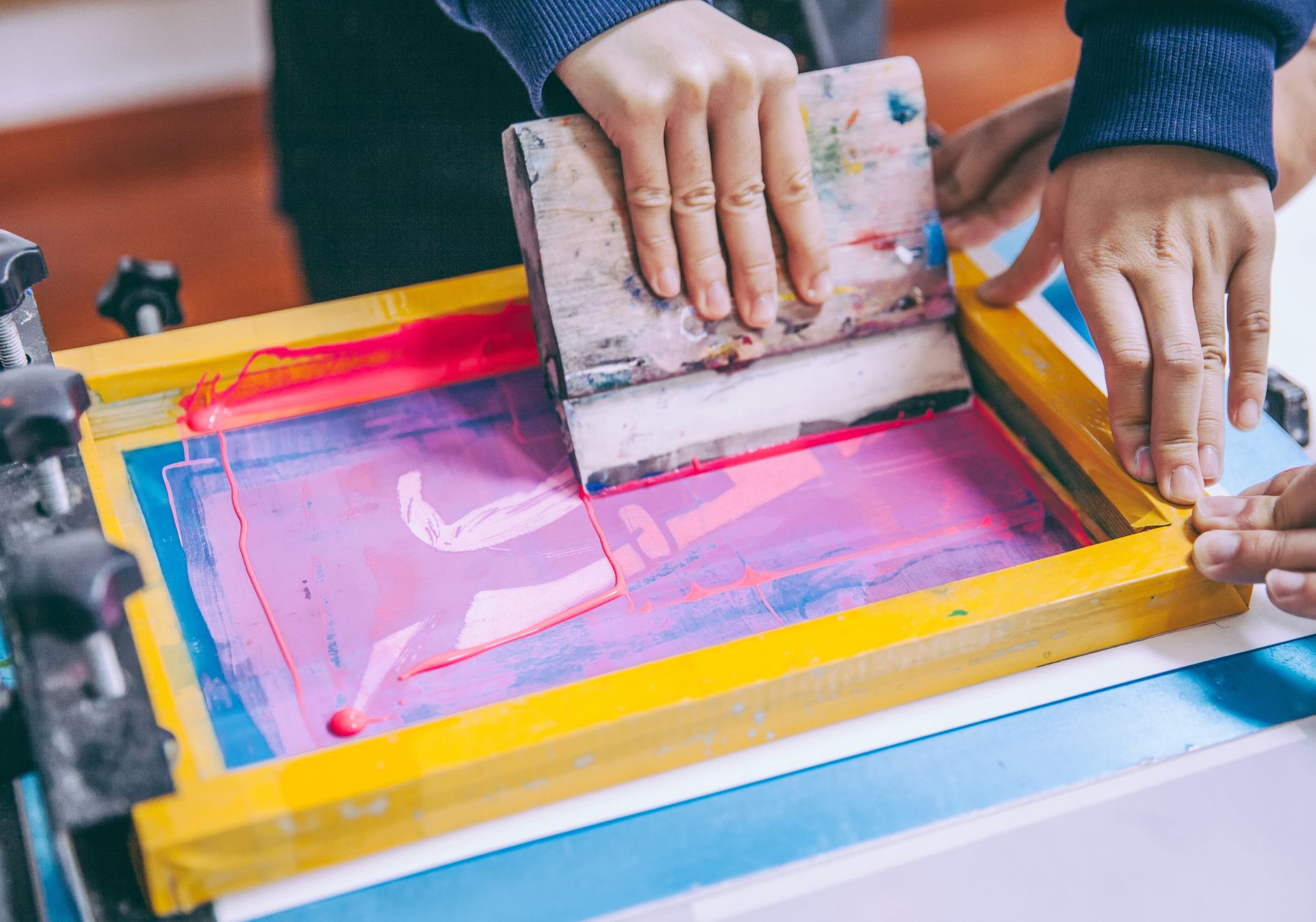Screen printing is one of the most popular services we offer here at Port City Apparel. Although it may appear simple on the surface, it's more complex than you probably think.
But have no fear! Our incredible Production Manager, Chris, gave us some helpful tips to ensure that you screen printing products turn out like a master piece. (Oh, and did we mention that Chris has been screen printing since 1990?!)
Tip 1: Have Good Art
This sounds simple, but is extremely important! Screen printing can be practical (advertising your business on a shirt), but is always visual (displaying your brand logo). But “good art” doesn’t just mean visually appealing; for a design to be screen printed onto a garment, it has to be in vector format. Hold on, did we lose you? Let's take a moment to break down the meaning of vector art.
According to Adobe, “Vector artwork is art that’s made up of vector graphics. These graphics are points, lines, curves, and shapes that are based on mathematical formulas. When you scale a vector image file, it isn't low resolution, and there’s no loss of quality.” Although vector art work is always preferred form clients, many screen printers such as ourselves are able to take a high quality jpeg or png file and make it vector.
Tip 2: Pick the Right Mesh for your Screens
Not all screen printing meshes are created equal, so it’s important you pick the right one! The lower the mesh count, the more ink will pass through the screen (and on to the garment), but the higher the mesh count, the less ink that will pass through the screen (and therefore onto the garment).
Tip 3: Pick a Quality Emulsion and Coat Well!
Some emulsions will capture detail and have a longer shelf life, while others won’t. Use a scoop coater to coat the emulsion on your screen. Remember, you’ll know if a screen is coated correctly if the reflects light and does not include dull areas. This means that the emulsion was fully taken by the threads!
Tip 4: Know Your Garment Type
Different garments respond differently to ink. Be aware of the color of the garment, its fabric type, and what type of garment it is (hoodie, tee shirt, etc.). Also, consider whether you need a base ink!
Tip 4: Decide if you want to do Automatic Screen Printing or Manual Screen Printing
Manual printing is done by hand, and because it is done by a person, there is more room for error. Automatic printing relies on a machine to create high-quality prints. Automatic printing allows for printing to happen and much faster and with larger quantities.


Share:
WILMA Feature: Michelle Carne
Meet the Team: Heather